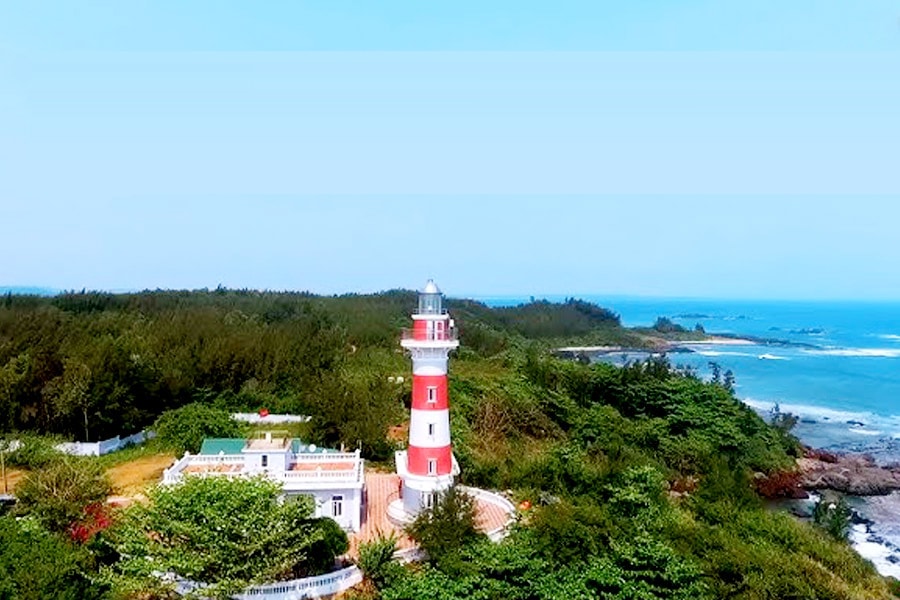
From dialect...
Throughout the history of the nation, it is easy to see that the cultural and linguistic exchange between localities often takes place from North to South. But with Quang Nam and Quang Ngai, we have the feeling that the cultural and linguistic exchange goes in both directions, North and South.
Relatively, from Highway 1A down to the coastal area, traffic flows in the usual North-South direction (from Quang Nam to North Quang Ngai ). But residents living on Highway 1A flow in the opposite direction: from South to North (from Quang Ngai to South Quang Nam).
The proof is that Nui Thanh district (Quang Nam) borders Binh Son (Quang Ngai), the people's language here is divided into two main areas.
From the railway up to the mountain, they do not say: ta, mi, mo, te, rang, rua, gio... but their accent is very similar to the Kinh people in the plains and the West of Quang Ngai, especially the accent of Mo Duc, Duc Pho (the southernmost part of Quang Ngai province): tao, may, dau, kia, sao, vi, gio...
Meanwhile, from the railway line running down to the sea, people speak in a pure Quang Nam accent: ta, mi, chi, mo, te, rang, rua, ni, no... and run all the way into the Dong Binh Son area (Quang Ngai). Residents of the coastal communes in the North of Quang Ngai speak: ta, mi, chi, mo, te, rang rua, ni, no... but do not say: tao, may may, gi, dau, kia, sao so, nay, kia... like most Quang Ngai people.
Meet at... place
There are many sentences, folk songs, and folk songs of Quang Ngai that overlap with the folk songs and folk songs of the Southern Quang Nam region. Of course, this is also a common phenomenon in Vietnamese folk songs and folk songs. However, the relationship between the two regions, the cultural interweaving and overlap here is very clear, especially in Southern Quang Nam and Northern Quang Ngai.
Try reading this folk song, we will see here the relationship between the place names of Nui Thanh district (Quang Nam) and Binh Son district (Quang Ngai): Take me back to Quang, I will take care of it/ Ao Vuong is one, Ba Go is two/ What to avoid in the early morning/ Dang Trong is a bandit, Dang Ngoai is a leopard cave.
In the first sentence of this folk song, we only see a common place name, "Quang". In the second sentence, there are two places: "Ao Vuong" is currently in Tam Nghia commune, Nui Thanh district, Quang Nam; and Ba Go is in Binh Long commune, Binh Son district, Quang Ngai. In the last two sentences of the song, we realize: "Dang Trong Ke Robber" refers to Truong Ba Go, "Dang Ngoai Hang Beo" is the mountainous area with Ao Vuong. Thus, it can be said that between these two lands, the geographical boundaries are closely overlapping.
Not only to Binh Son but even from Nui Thanh all the way to Quang Ngai city:
Ask the guy who sells quynh (*)
See outside Ben Van, Tri Binh harvest yet?
Ben Van sells to Quan Com
Harvest not yet know see two fat straws!.
Even Ben Van Bridge (current An Tan Bridge) and the "Ao Vuong" site of Nui Thanh district are connected very deep to the South of Quang Ngai:
Since Cau Van, Ao Vuong
Passing by Snail Restaurant, my heart is filled with sadness.
Which restaurant is home?
Looking out at Tra Khuc, the sky is already dawning
Sad standing, leaning, sitting and looking
Looked into Hang Ruou but didn't see him.
From "Ben Van", "Ao Vuong" (Nui Thanh, Quang Nam) to "Quan Oc" (Binh Son, Quang Ngai) to "Quan Com", "Hang Ruou" market is a place located right to the North of Tra Khuc bridge, now in Truong Quang Trong ward, Quang Ngai city.
Lullabies
In addition to the place names, there are many indistinguishable coincidences between the folk songs of Quang Nam and Quang Ngai. This overlap reflects the thoughts and feelings during the process of working and struggling, clearly showing the cultural exchange through the content of the folk songs: When you leave, I will plant flowers / When you return, the flowers will bloom three hundred branches / One branch is nine green buds / Sell for three coins and save in one place / I have studied English all my life / Please calculate how much profit you will make?
Even since I was a child, in Quang Nam, I heard and knew by heart the lullaby of my mothers and sisters - "The evil shadow has crept to the corner of the mountain/ The old woodcutter's fate is still charcoal at the top of the mountain/ The bumpy path, each stone rising one by one/ The old couple led each other down the hole/ The wife lamented "oh, so miserable"/ This life is shameful to the poor...".
I thought this was a folk song from my hometown, but later, when collecting and researching literature in Quang Ngai, I found out that it was the song "Woodcutter's Lament" or also known as "Woodcutter Teaches His Wife" (Woodcutter Teaches His Wife) by author Hoc Soan (Pham Soan 1890 -1936?), from Nghia Trung commune, Tu Nghia district, Quang Ngai (where I am teaching at the school).
Folk songs are considered the clearest expression of a region's culture, so the cultural relationship between Quang Nam and Quang Ngai is quite deep. Not to mention, this connection is also shown in customs and habits, especially funeral and marriage customs of the Southern Quang Nam and Quang Ngai regions are very similar...
(*) quynh - is a basket used to hold rice in the past.
Source: https://baoquangnam.vn/ca-dao-dan-ca-nhin-tu-giao-thoa-vung-nam-ngai-3145441.html


![[Photo] Keep your warehouse safe in all situations](https://vphoto.vietnam.vn/thumb/1200x675/vietnam/resource/IMAGE/2025/10/1/3eb4eceafe68497989865e7faa4e4d0e)

![[Photo] Hanoi morning of October 1: Prolonged flooding, people wade to work](https://vphoto.vietnam.vn/thumb/1200x675/vietnam/resource/IMAGE/2025/10/1/189be28938e3493fa26b2938efa2059e)


![[Photo] President of the Cuban National Assembly visits President Ho Chi Minh's Mausoleum](https://vphoto.vietnam.vn/thumb/1200x675/vietnam/resource/IMAGE/2025/10/1/39f1142310fc4dae9e3de4fcc9ac2ed0)
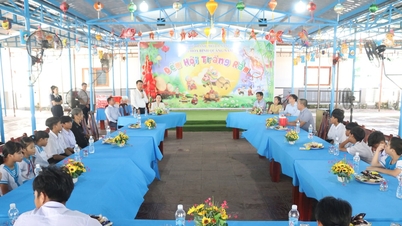

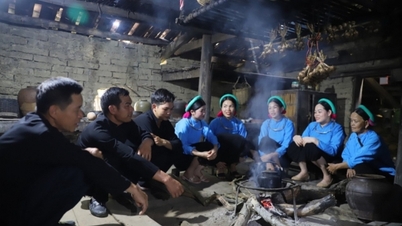








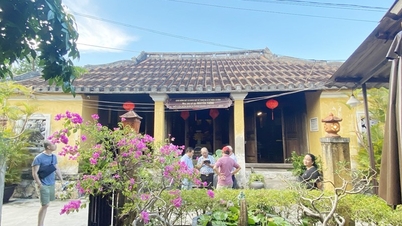

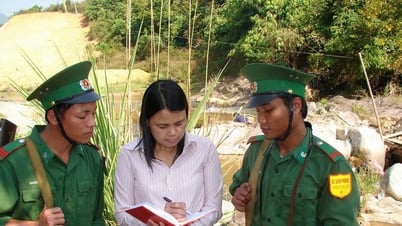
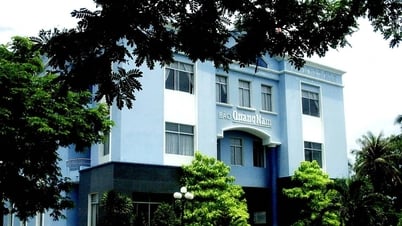


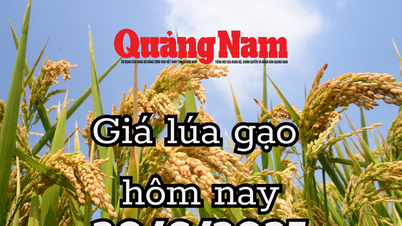













































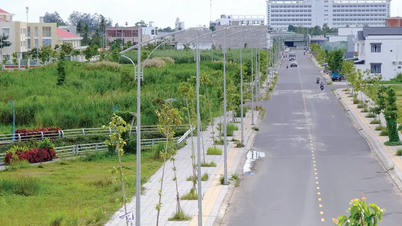



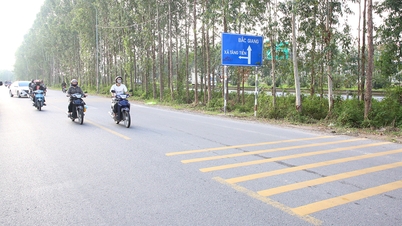

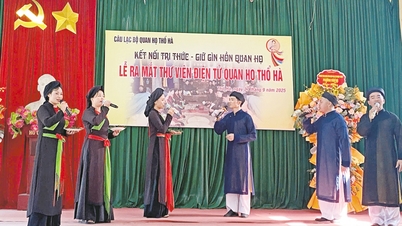
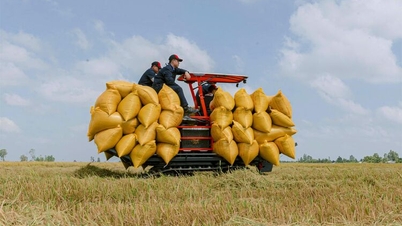

















Comment (0)